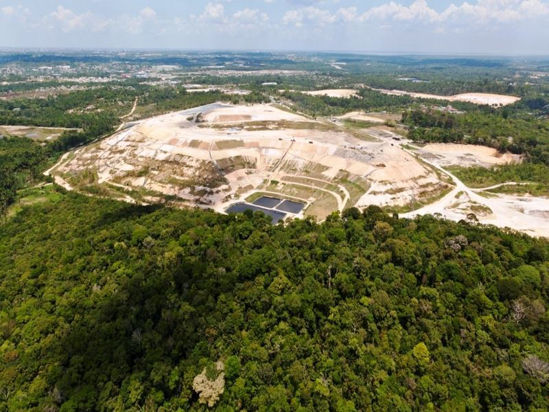Industry
- Waste handling and disposal
Continent
- Latin America & the Caribbean
Country
- Brazil
Vintage 
- CP2: 2013 or later
- PayPal or Credit Card
Sustainable Development Co-Benefits
Environmental
- Natural resources
Social
- Jobs
Economic
- Growth
| 5/9/2017 |  | 3 t |
| 4/25/2017 |  | 10 t |
| 2/13/2017 |  | 50 t |
| 2/2/2017 |  | 5 t |
| 2/2/2017 |  | 6 t |
| View all 40 | ||
4211
Manaus Landfill Gas Project
40
This project collects landfill gas (LFG) at the Manaus Landfill and combust the extracted gas utilizing LFG engines and high-efficiency enclosed flares, thereby reducing greenhouse gas emissions (GHGs). The LFG collection system consists of a grid of horizontal collection system, centrifugal blower(s), and all other supporting mechanical, electrical subsystems and appurtenances necessary to collect the LFG.







